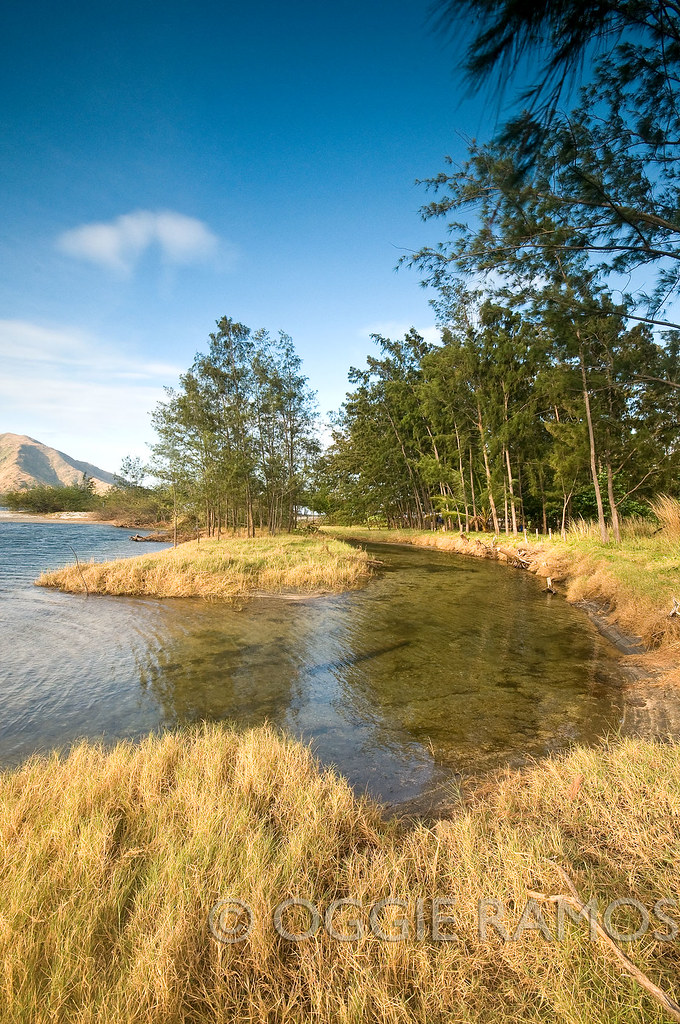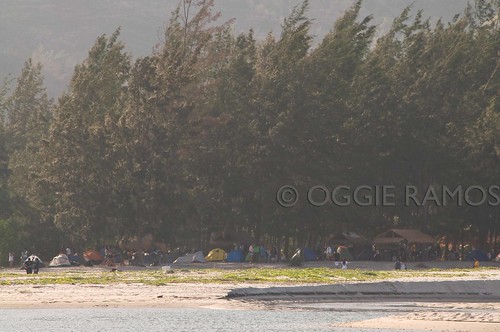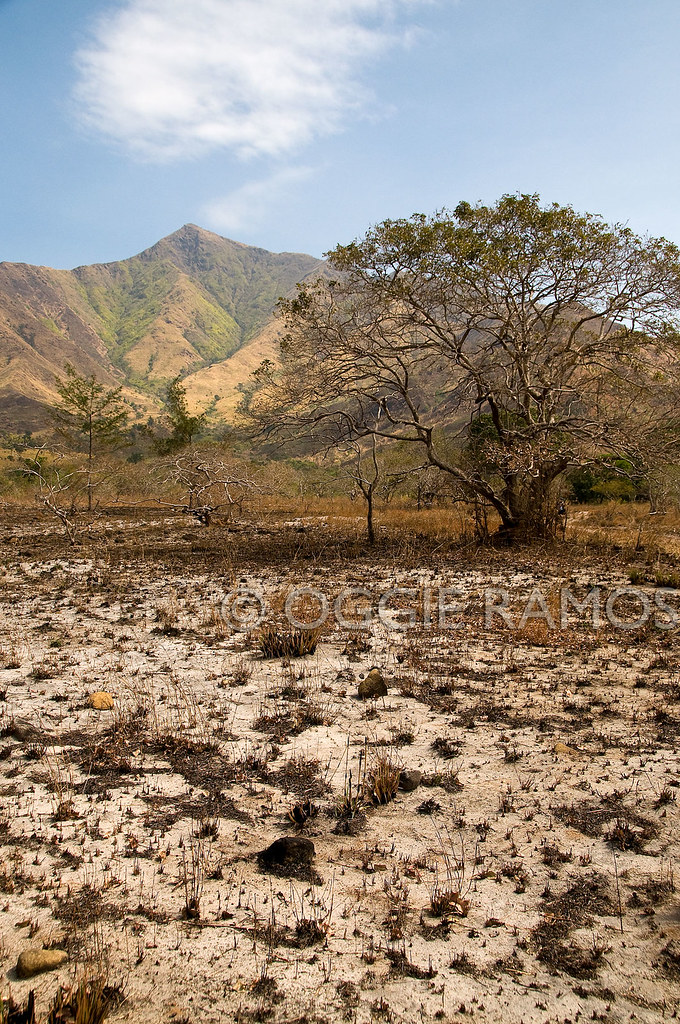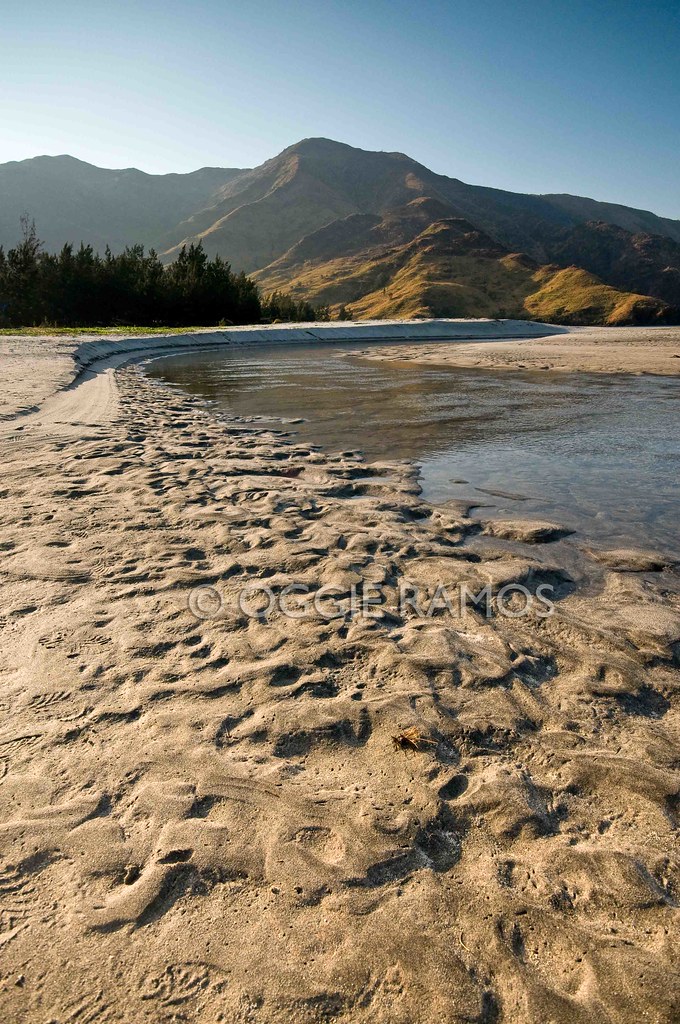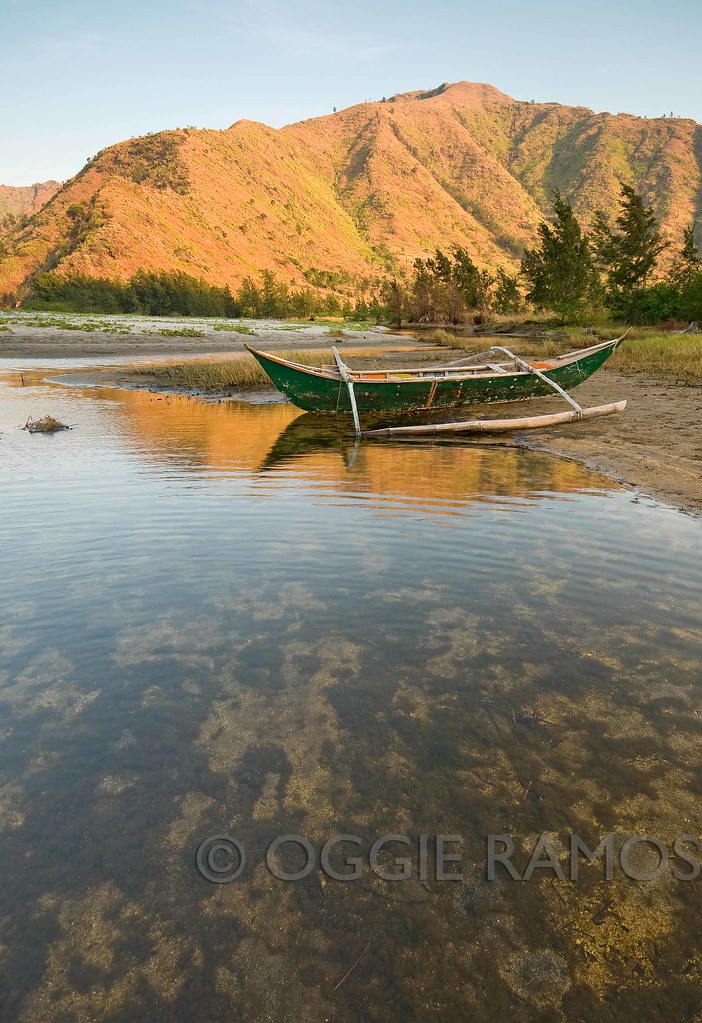 |
| Nagsasa Banca by the Lake |
I checked and re-checked my backpack. Portable stove, cookset, sleeping bag, utensils, headlamp, shooting gear, clothes -- all in. Was I excited to go camping again after a long time? Well, I had quite a hard time focusing during a lengthy afternoon client meeting last Friday. Then, I got word about the Tokyo quake and the tsunami alert. After two years of missing out on invitations to visit Nagsasa Cove in Zambales, will I have to miss out again on this one?
Sailing in the wee hours of the morning. When the 7pm mark for the arrival of the tsunami came and went, we decided to take our chances and rode off to San Antonio, Zambales. After all, our destination lies on the western seaboard opposite the alert areas which were all on the eastern side. Our boatman in Pundakit confirmed that many island-hoppers indeed canceled at the last moment. But we were glad we didn't.
There's nothing as edifying as riding a banca on a temperamental sea in near total darkness. The sky was littered with stars, finding complement in the sea which was aglow with bio-luminescent plankton. The half-moon made an early exit but the brightness of Venus bathed the mountains with an ethereal glow as if lighting the way for us.
Bliss meets bother. We found our spot on Mang Ador's side of the cove, a quiet and well-kept, spacious area where happily, crowds are absent. To say that the place is beautiful is an understatement as it recalls memories of a pristine Anawangin many years ago before the often-rowdy crowds came and the unsightly concessions to development happened. My friend, Lantaw, is a regular visitor here and we went around to talk to the locals operating backpackers' facilities in the cove to see what's new. There were indeed new developments, albeit just not welcome ones. As can be visible even from afar, much of the hillsides were burned. Local hunters using the practice of fire to flush out animals recently got themselves a blaze they can't control.
We also learned that some sections of the cove were bought by foreigners bent on building concrete structures instead of keeping edifices as close to natural as possible. Already, outsiders are bringing in the tell-tale signs of resort-style encumbrances -- including the ultimate noise-maker: karaoke. As if on cue, the strains of Europe's "Final Countdown" disrupted the quiet of the early morning. An omen of troubling things to come? I pray not. And not if the locals like Mang Ador can help it.
Slowing down and unplugging. Perhaps, it's the lack of sleep. Maybe, it's mental and physical fatigue. But I must have spent a better part of the day lying on the hammock right there on the beach, alternating between napping, reading, snacking or plain thinking a whole lot of nothing. There's no mobile phone signal so it's a perfect time to escape from the ho-humdrum of the daily grind. When evening came, we cooked, ate dinner, and swapped stories in the dark under the canopy of trees and the stars. When slumber beckoned, the incessant howl of the wind echoing from the mountains and the lapping of the waves on the shore lulled us to sleep. Mercifully, we were spared from karaoke.
To get to Nagsasa Cove: ride to San Antonio, Zambales. Via public commute from Manila, ride the bus bound for Iba and alight at San Antonio (Victory Liner fare is P271, travel time: approx. 3 hours); ride a tricycle to Pundakit (P30 per person, around 15-20 minutes); rent a boat (P1500 round-trip, seats three passenger, trip is around 45 min - 1 hour). As there is no cellphone signal in the cove, arrange for hour of pick-up • You can get your provisions in Pundakit including tents, if you don't have one. But please, whatever you bring in, please pack out to help preserve this beautiful place.

